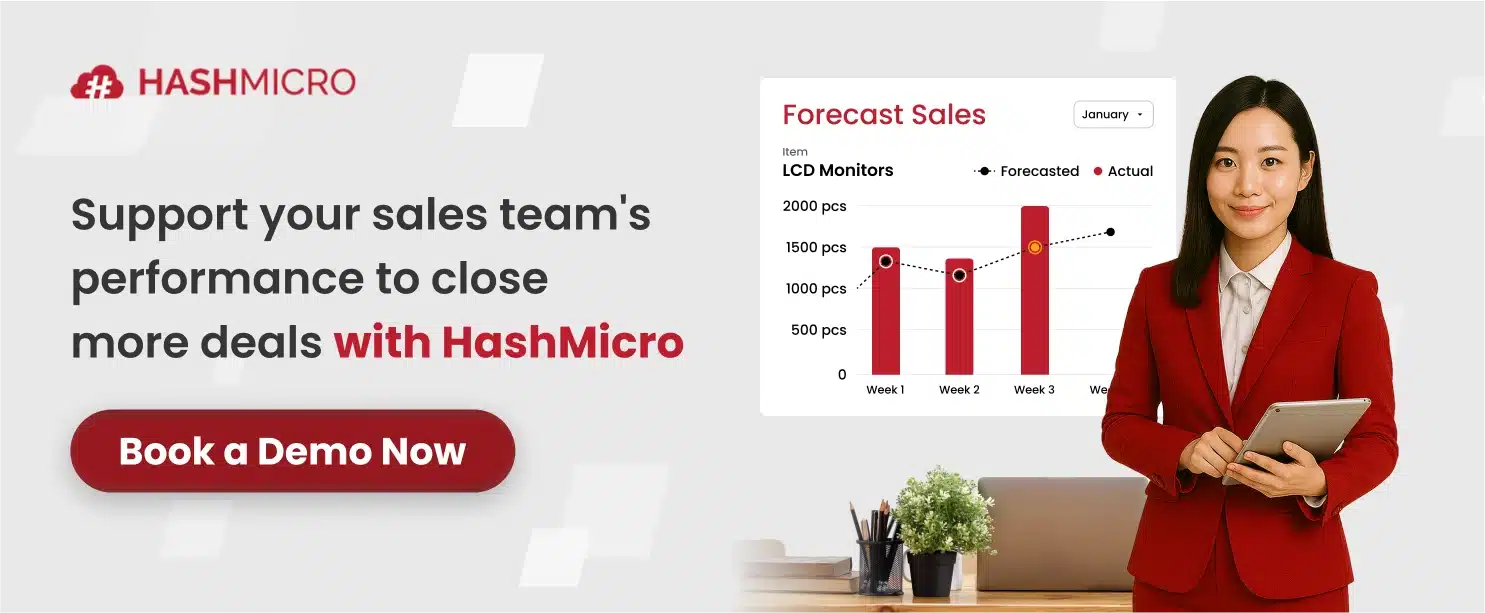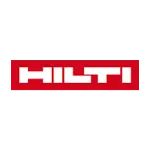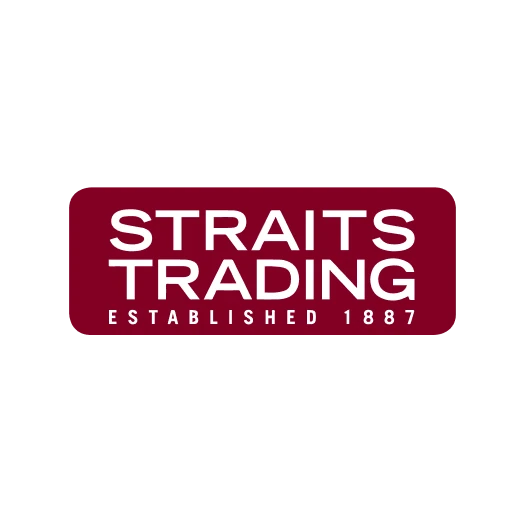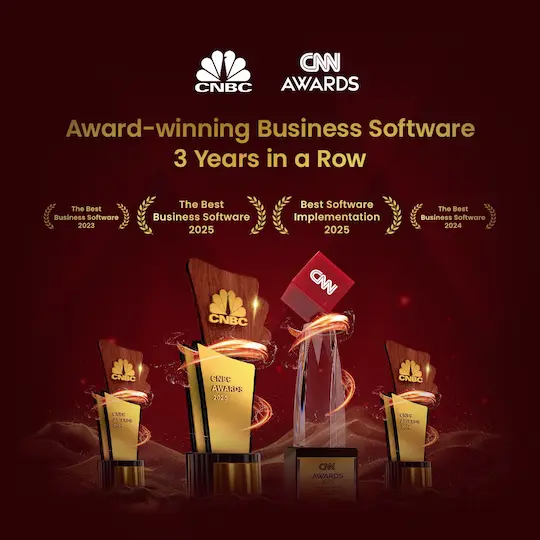Deals don’t fall apart at the end, they slip away gradually due to overlooked leads, poor visibility, or delays in follow-up. In Singapore’s results-driven business environment, this can be a costly mistake.
Without a clear pipeline structure, managers often deal with scattered information, unreliable sales tracking, and difficulty identifying high-priority prospects. These inefficiencies make it harder to drive performance across teams.
In fact, the Asia–Pacific sales pipeline management market, with Singapore as a key contributor, reached USD 1.67 billion in 2024, proof that structured pipeline tools are now business-critical.
Read on to uncover how your business can build a stronger deal pipeline, manage it precisely, and maximise conversion using the right digital tools.
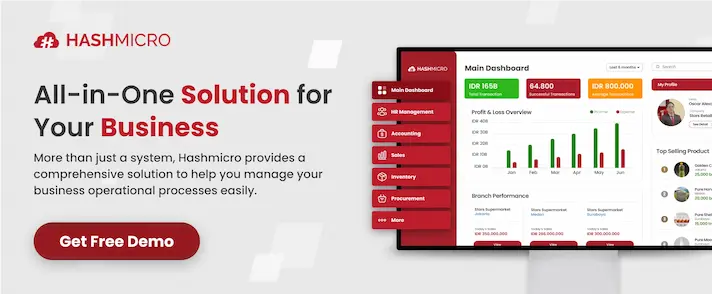
Key Takeaways
|
What is a Deal Pipeline?
A deal pipeline is a visual framework outlining the key stages of managing sales or investment opportunities, from the first contact to final closure. If you’ve ever asked yourself, “What is a deal pipeline and why does it matter?”, the answer lies in how it brings structure and visibility to your business development process.
Used widely in sales and investment management, a deal pipeline helps teams monitor the progress of every opportunity in real time. It becomes easier to prioritise leads, identify potential bottlenecks, and focus on deals most likely to convert. For businesses in Singapore where responsiveness and strategic timing are essential, having a clear pipeline can be a game-changer.
Ultimately, a well-managed deal pipeline improves efficiency and empowers your team to make smarter, data-backed decisions that drive growth.
Key Stages of a Deal Pipeline

Understanding the key stages of a deal pipeline is essential to improving sales performance and decision-making. These stages provide a clear roadmap that helps your team navigate from lead generation to final closure.
If you’re still wondering what a deal pipeline made of, here’s a breakdown of its core components:
1. Lead generation
This is the starting point of every deal pipeline, where potential opportunities are identified and captured. It involves gathering leads from various sources such as referrals, online inquiries, marketing campaigns, or networking events.
The quality of your lead generation efforts greatly influences the strength of your entire pipeline. A steady inflow of relevant leads sets the foundation for consistent sales growth.
2. Qualification
Once leads are collected, the next step is to assess whether they’re worth pursuing. This is done by evaluating each lead against specific criteria, such as budget, authority, need, and timeline (BANT).
The qualification stage ensures your team focuses only on high-potential deals, reducing wasted time and resources. Effective qualification keeps your pipeline clean and improves forecasting accuracy.
3. Proposal
At this stage, tailored offers or solutions are crafted to address the prospect’s unique needs. It’s where you showcase your value proposition and demonstrate how your product or service solves their problem.
A compelling proposal can differentiate your offering from competitors and move the lead closer to conversion. Sales decks, pricing sheets, and product demos often support this stage.
4. Negotiation
Here, both parties discuss and agree on the deal’s terms, pricing, and other conditions. The negotiation phase requires a mix of strategy, flexibility, and clear communication to arrive at a mutually beneficial outcome.
It’s also the stage where objections may arise, so being prepared to address concerns is key. A well-handled negotiation can significantly improve your win rate within the deal pipeline.
5. Closure
This is the final stage of the deal pipeline, where the opportunity is marked as either a win or a loss. If successful, contracts are signed and the handover process begins; if not, reasons for the loss should be documented for future improvement.
Closure offers valuable insights into what’s working, and what’s not, in your sales process. Regularly reviewing closed deals helps optimize future pipeline management.
When each stage is clearly defined and managed, your deal pipeline becomes a powerful tool for growth, helping you move opportunities forward with greater control and confidence.
Benefits of a Deal Pipeline

Implementing a deal pipeline is more than just tracking opportunities; it’s about building a structured system that empowers smarter sales decisions. Whether you’re in sales, finance, or investment, understanding a deal pipeline and leveraging its benefits can significantly improve your team’s performance.
Below are the key advantages of having a well-maintained deal pipeline:
1. Improved organisation
A deal pipeline centralises all ongoing opportunities into one structured view, giving your team full visibility over current deals. This allows stakeholders to easily track progress, deadlines, and client interactions without losing context.
With better organisation, sales and investment teams can collaborate more effectively and avoid duplicate efforts. Ultimately, it streamlines communication and improves deal oversight.
2. Enhanced forecasting
One of the most valuable benefits of a deal pipeline is its ability to project future revenue based on where each deal stands in the process. With accurate deal size, stage, and probability data, businesses can generate more reliable forecasts.
This insight supports better budgeting, resource allocation, and strategic planning. This forecasting clarity is a major advantage for Singaporean businesses navigating a competitive landscape.
3. Increased efficiency
A deal pipeline helps pinpoint delays or inefficiencies within your sales or investment flow. You can take action faster and improve your overall process by identifying bottlenecks, such as stalled negotiations or overdue follow-ups.
Automation tools integrated into the pipeline can reduce repetitive tasks and free up your team’s time. This translates into faster turnarounds and higher productivity overall.
4. Smarter prioritisation
Not every deal deserves equal attention. A deal pipeline helps you prioritise high-value opportunities with a greater chance of success, ensuring that time and resources are used wisely.
Sales reps and managers can focus on the most promising leads while still monitoring lower-priority ones. This strategic focus enhances close rates and drives better overall results.
With these benefits in place, a well-managed deal pipeline isn’t just a tracking tool, it’s a growth engine that gives your team the structure, clarity, and confidence to move deals forward.
How to Manage a Deal Pipeline Effectively?

Now that you know what a deal pipeline is and why it matters, the next step is learning how to manage it well. A deal pipeline only works if it reflects reality, moves deals forward, and provides actionable insights.
Below are practical strategies to help Singaporean businesses manage their deal pipelines effectively, whether you’re in sales, finance, or investment:
1. Define each stage clearly
Your deal pipeline should reflect the actual journey of a deal, from lead generation to closure. Each stage must represent a meaningful step that helps your team understand where the opportunity stands.
Clarity here prevents confusion and ensures consistency across departments. It also helps with better forecasting and performance analysis.
2. Keep the pipeline updated in real time
A static pipeline leads to outdated decisions. Updating your deal pipeline with real-time data ensures everyone is working with accurate, current information.
This promotes accountability among sales reps and gives managers a live snapshot of deal health. With real-time updates, you can take faster action and seize opportunities as they arise.
3. Track the right metrics
To make your deal pipeline work harder, focus on tracking metrics like conversion rates, deal velocity, and pipeline value. These numbers tell you which stages need improvement and how efficient your team is at closing deals.
With these insights, you can adjust your sales strategy to target high-impact opportunities. Metrics keep your pipeline performance-driven, not just process-driven.
4. Use the right technology
Managing a deal pipeline manually can be time-consuming and prone to error. Leveraging CRM tools automates tasks like follow-ups, reporting, and data entry, saving your team hours each week.
The right system ensures your pipeline is centralised, searchable, and integrated with other business tools. CRM software turns a complex workflow into a smooth, trackable process for Singaporean teams juggling multiple deals.
Enhance Your Deal Pipeline Performance with HashMicro’s Powerful CRM System
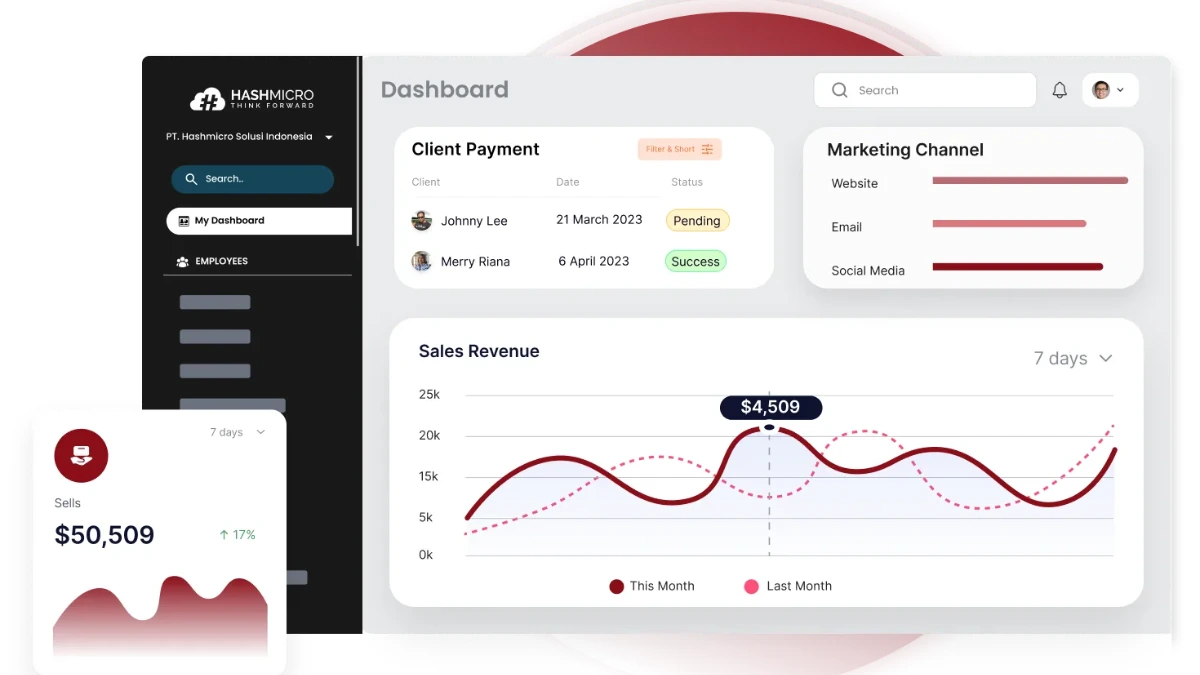
Managing a growing pipeline of leads and deals can be overwhelming, especially when updates, follow-ups, and data are scattered across spreadsheets or isolated systems. With HashMicro’s CRM software, Singaporean businesses can streamline their deal pipeline, from lead capture to closing, with an automated platform designed for speed and accuracy.
You can easily book a free demo and receive a personalised consultation to see how the system aligns with your team’s workflow. It’s a no-risk opportunity to explore how to close deals faster, stay on top of priorities, and gain complete visibility over your sales process.
Trusted by over 2,000 Southeast Asian enterprises, HashMicro stands out for its customisable features, local support, and seamless integration with accounting, inventory, and project management tools. The platform is ideal for Singapore’s fast-paced business environment, where clear forecasting and fast execution are key.
Key features include:
- Sales Forecast & Actualization: Businesses can adjust strategies early by comparing projected revenue with actual deal progress, leading to more accurate forecasting and better pipeline control.
- Quotation & Revisions Tracking and Sales Order Management: Tracking every change in quotations through to sales orders helps teams maintain deal clarity, reduce miscommunication, and improve conversion rates.
- Online Quotation with Online Signature (Privy): Sending digital quotations with e-signature capabilities speeds up approvals, shortening the sales cycle and accelerating deal closure.
- Commission Tracking Management: Automating commission calculations based on pipeline activity ensures fair reward distribution, motivating teams to push deals forward.
- Flexible Approval Matrix: Customising approval flows based on deal size, margin, or credit limits streamlines internal decision-making, helping urgent deals move faster through the pipeline.
- Customer Segment (RFM) Analysis: Segmenting leads based on recency, frequency, and monetary value helps teams prioritise high-potential clients, resulting in higher closing rates.
- Upselling Recommendations: Using historical buying data to suggest related products during deal discussions increases average deal value, boosting revenue without additional acquisition cost.
- Sales Target Management: Setting measurable sales targets directly tied to the pipeline allows managers to track performance, making it easier to spot issues early and drive accountability.
- Stocks Preview in Quotation & Sales Orders: Displaying real-time stock availability during the quotation stage avoids promising unavailable items, preventing delivery delays and lost trust.
- In-Depth Reports (Best Customers, Best-Selling Products, etc.): Generating detailed reports on deal patterns reveals what works, so teams can replicate success and continuously improve pipeline outcomes.
With advanced AI capabilities through Hashy, our smart assistant, your team can automate admin tasks like meeting reminders, deal progress tracking, and personalised client follow-ups. Focus on building client relationships, let the system handle the heavy lifting.
Conclusion
Effectively managing your deal pipeline is no longer optional; it’s essential for sustaining growth, improving team performance, and forecasting revenue more accurately. A structured pipeline helps you visualise where each opportunity stands and enables more intelligent prioritisation and better decision-making across your sales cycle.
For businesses looking to streamline pipeline management, HashMicro’s CRM Sales Software offers a comprehensive solution tailored for growing enterprises. From lead tracking and quotation automation to upselling recommendations and sales target monitoring, every feature is designed to help your team convert faster and smarter.
Ready to take your sales performance to the next level? Book a free demo with HashMicro today and discover how our CRM solution can help you manage deals more effectively, close faster, and confidently grow.
